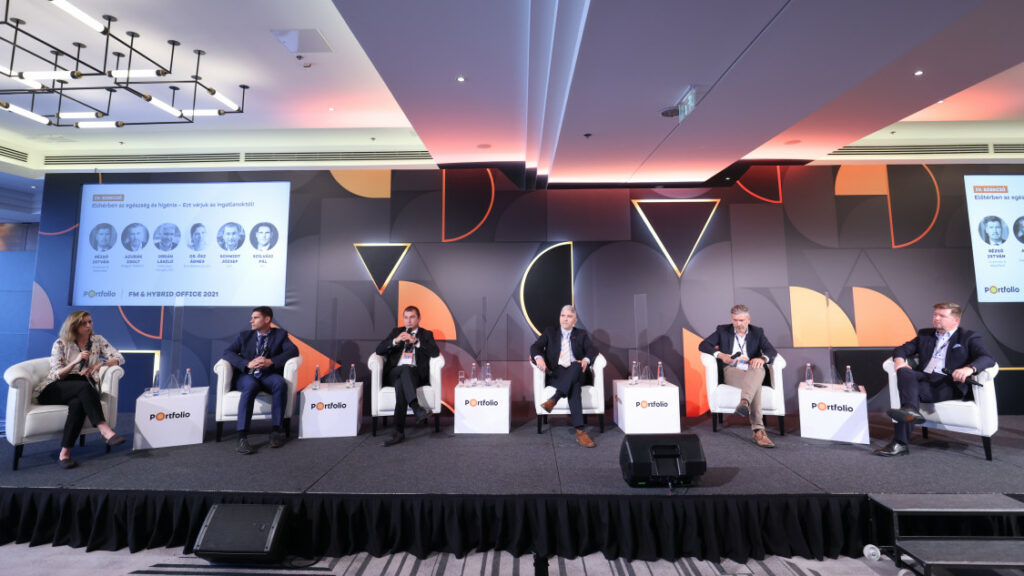Has the cost of facility management decreased or increased in the years of the COVID? What does the data show? What we can expect from health and hygiene solutions in the real estate market, and what this means in practice, were the topics discussed by experts in the fourth session of FM & Hybrid Office. Dr. Ágnes Ősz, B+N Research Associate, also participated in the event.
The LEO Benchmarking Task Force is the data collection and data processing workgroup of LEO FM, whose main products are the Benchmarking research and the Sentiment Index, which examines the impact of COVID on FM. The Sentiment Index is a measure of the change in revenues (30%), EBITDA (50%) and headcount (20%) of the companies surveyed, and also measures the level of outstanding debt.

Looking at the results, last year’s big scare was evident in the numbers, but expectations turned positive in Q3 last year. The LVKVI is a complement to this, which looked at what had been seen in the previous month. Overall, what we can see is that there was some internal rebalancing due to the impact of the COVID-related preventive maintenance, but there was no substantial change during the epidemic, so it can be said that this is one of the safest industries to be in. The benchmarking survey now has a sample of more than 1,000 properties, and the set of questions is a list developed in 2013 based on international standards, which is always supplemented with a topical question,” said László Kuczogi, Managing Director of K-Ép Studió and Honorary Member of LEO.
ÁGNES ŐSZ, RESEARCH ASSOCIATE AT B+N: THE AIM WOULD BE TO BE ABLE TO PREDICT THE SPEAD OF THE EPIDEMIC FROM THE PATHOGENS, AND TOOLS ALREADY EXIST FOR THIS
We had already launched a UV disinfection project before the pandemic, creating a UV surface disinfection device and introducing air disinfection equipment. Although we are constantly trying to improve, the pandemic has transformed our activities too. We started developing robots already before the pandemic, but the buildings are not always suitable, which is why it is important for facility managers to have a say in the design of the building.
Unmanned disinfection robots have appeared, not because of the labour shortage, but because of increased hygiene requirements, which may replace ozone generators. The aim would be to be able to predict the spread of the epidemic from the pathogens, and tools already exist for this,” said Dr. Ágnes Ősz, research associate at B+N Magyarország Kft.
Read the full article on portfolio.hu.